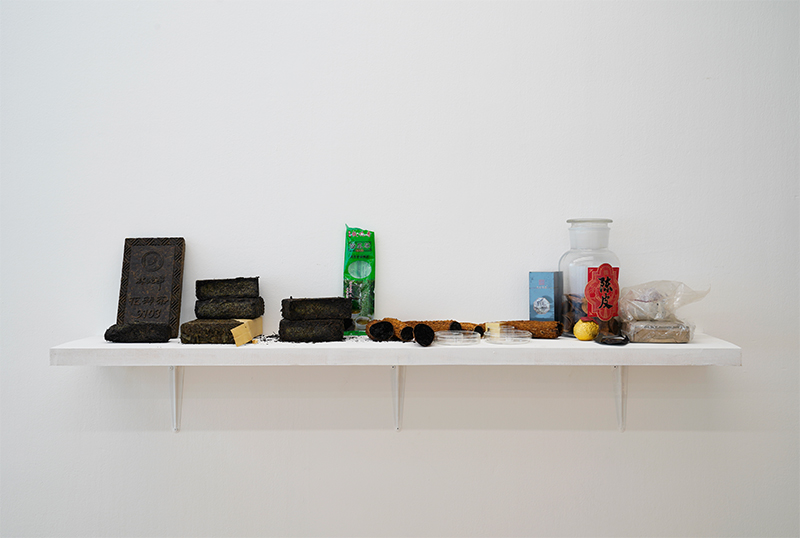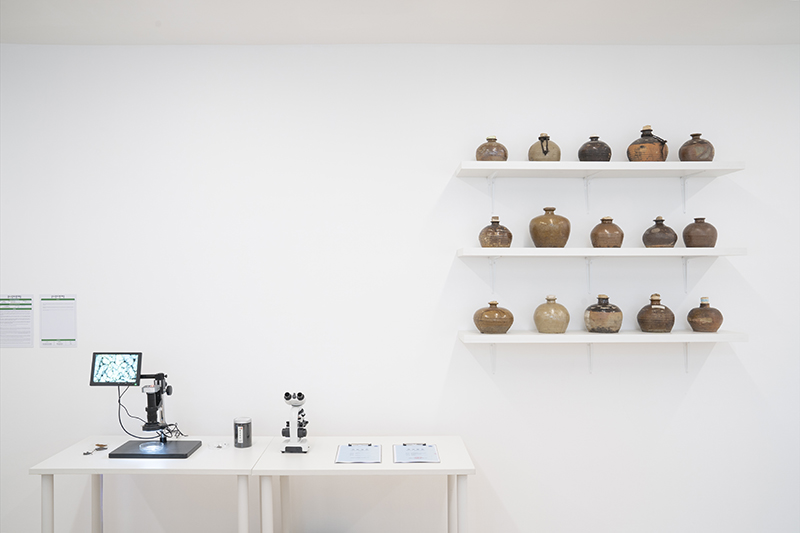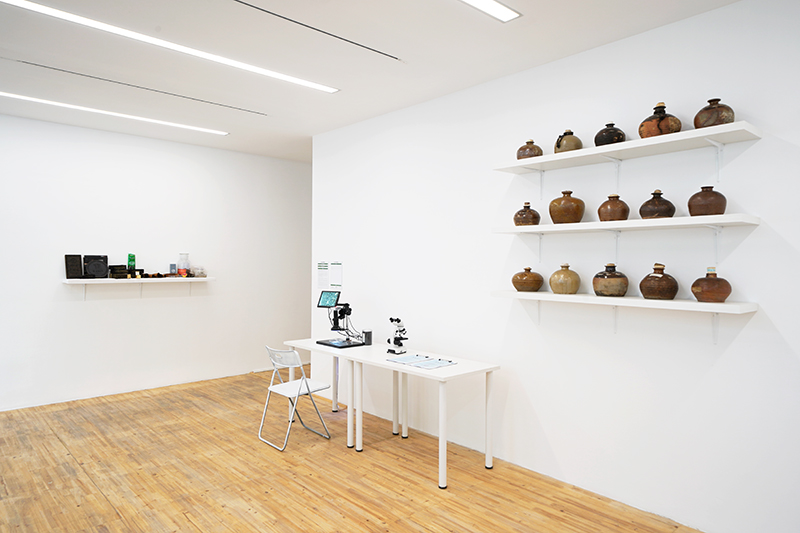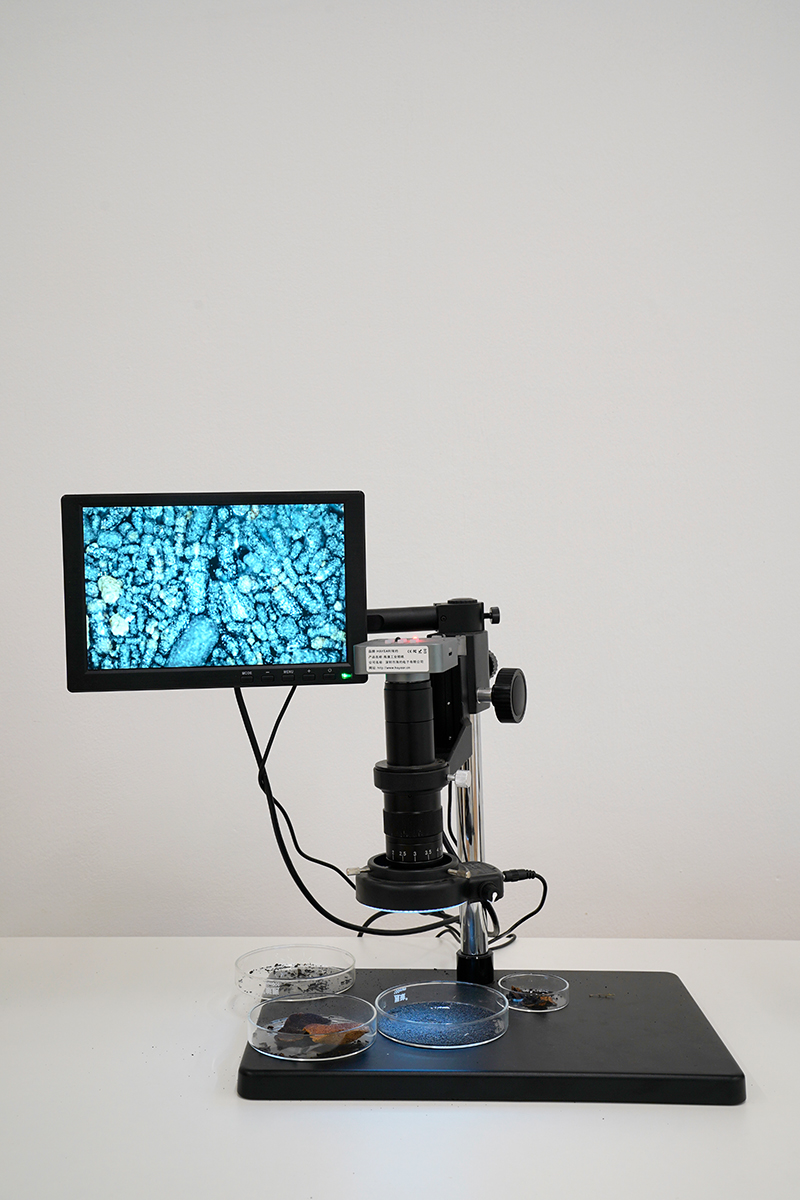 |
The Old Tea Club |
||||||||||||||||||||||||||||||||||||||||||||||||||
|
Background: In Dehua, Fujian, there is a tradition of storing old tea in pottery jars. The old tea displayed here, with tea jars mainly from the mid-to-late Qing Dynasty, all have styles at the bottom of the jar. Some of the papers sealing the tea jars still have Qing Dynasty documents on them. This kind of jarred old tea is generally regarded as a cure for all diseases. The tea variety is generally oolong tea, and there is also locally produced old white tea. In recent years, a group of friends in the Fujian art circle have rediscovered this batch of old tea scattered among the people, starting from collecting old teapots with different glazes. They have come up with the idea of drinking this century-old tea. After appraisal by experts from the Fujian Academy of Agricultural Sciences, it is recommended to cook and drink it. After pouring out the first pot of tea soup, it can be consumed. As a result, they established the Fujian SanShan Old Tea Association and started the trend of drinking old tea. Research: In Fujian, from the Wuyi Mountains in the north of Fujian to the southernmost Zhao'an, storing tea in pomelo peels is a common habit. Zhao'an pomelo tea, after being baked in the pomelo, has a richer flavor. The principle is similar to that of Anxi bitter gourd Tieguanyin: aged Tieguanyin is placed inside the bitter gourd and processed through baking, which not only enjoys the mellowness of Tieguanyin but also celebrates the fire-lowering effect of the bitter gourd. Insect poop tea, also known as “dragon ball tea,” is made from the feces of insects such as the moth and rice black beetle after they eat and digest the leaves of plants like the fragrant tree and bitter tea. The nutritional value of insect tea is higher than that of ordinary tea, containing 18 to 19 amino acids, a certain amount of crude protein, crude fat, sugars, tannins, vitamins, and other nutrients, as well as trace elements needed by the human body. Famous insect teas include the Liubao dark tea dragon ball tea in Guangxi and the Ma Liao tea in Yunnan, and the insect tea in Japan, also called Tencha. Insects, after eating plants (such as tea), digest and metabolize them through their digestive system. In this process, the digestive enzymes and microbial communities of insects break down and transform the components of the plants like polyphenols, catechins, and other components into compounds with higher biological activity. The microorganisms in the insect intestine perform a fermentation-like process on the tea, producing beneficial metabolites such as short-chain fatty acids, vitamins, and antioxidants. Procedure: Install bookshelves on the wall, place the tea pots of the Fuzhou Old Tea Association and explanations, and present the test reports from scientific research institutions. At the same time, display old teas such as Jinhua brick tea and Zhao'an pomelo tea. Electronic microscopes and other instruments are place on the table, and the audience can operate the instruments to observe samples of these old teas.
|



